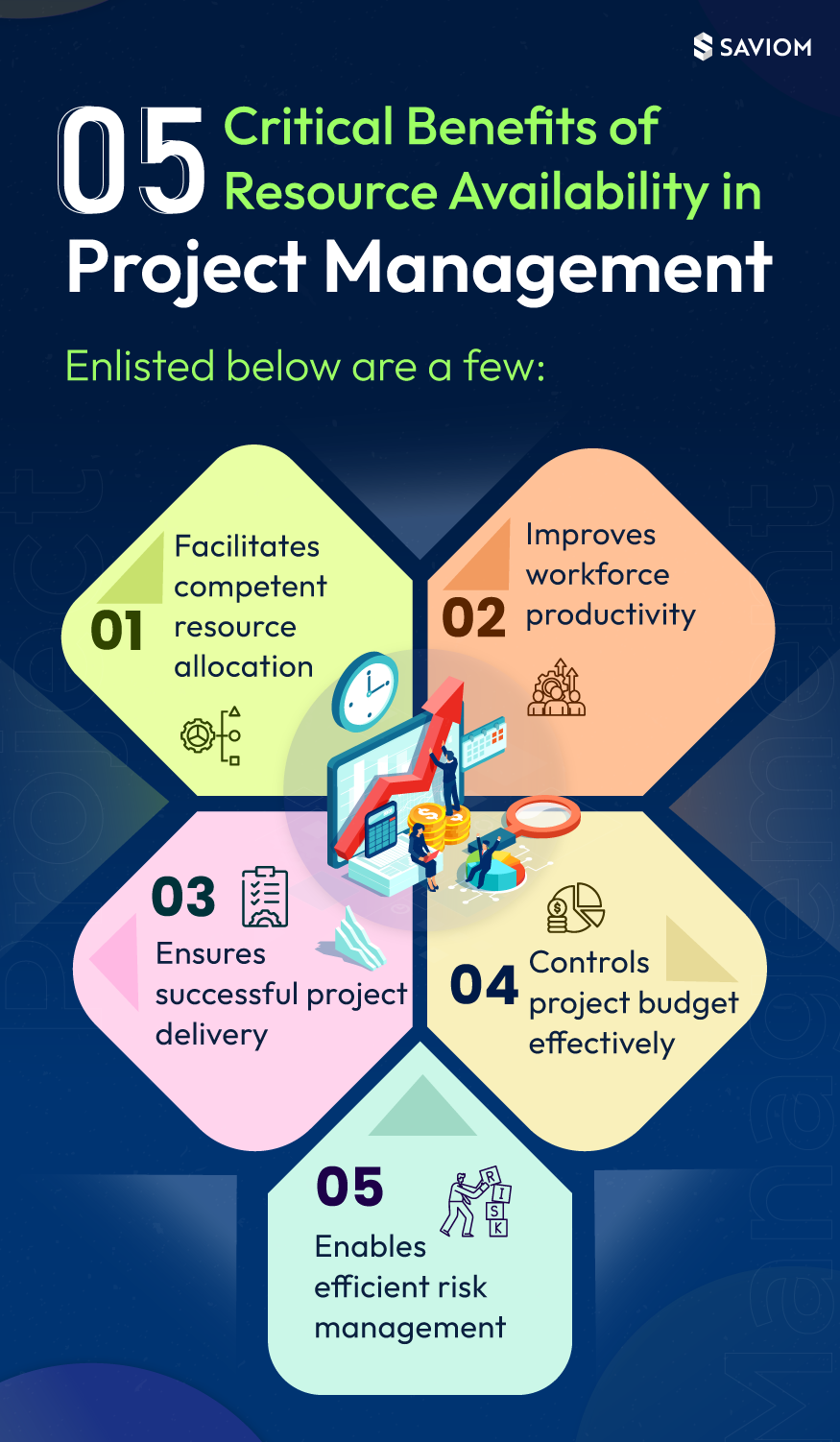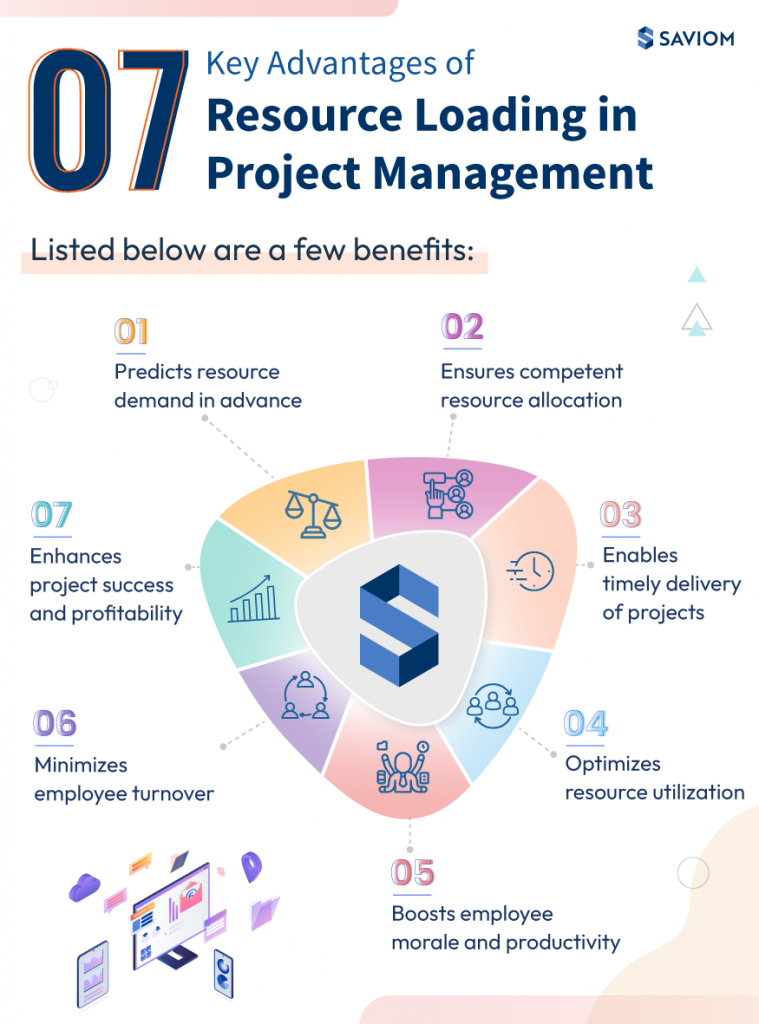Can every project be managed and monitored using the same approach? Certainly not. Every project, its scope, and objectives are unique. The path you take to supervise a marketing project cannot be duplicated for a software development project.
It is highly dependent on the project’s needs and your team’s structure. Subject to this, a plethora of methods have surfaced over the years to manage different projects and make a project manager’s job easy.
These project management methodologies serve different purposes, but minimizing efforts and making the delivery process more effective forms the crux for each one. Thus, selecting the right process for the projects precedes every other step in project management.
While deploying these methods, managers have to align them with the project needs and synchronize them with the resource pool of the firm.
This article is a comprehensive guide explaining the nuances of different project methodologies and which projects and resources they cater to.

But, before that, let’s get the definition clear,
Defining Project Management Methodology
According to PMI, ‘A methodology is a system of practices, techniques, procedures, and rules used by those who work in a discipline.’
In simple words, a project management methodology is a culmination of different practices, themes, principles, and techniques used by project managers to ensure optimum project performance.
In light of the emergence of advanced technology, many project management tools have flooded the market. These tools act as catalysts for managers that facilitate them to control the project’s progress and ensure successful delivery.
However, managing projects without regulating the workforce is an incomplete job. After all, the resource pool and its talent steer the projects to the finish line. Subject to this, pairing the project management software with an advanced resource management tool adds the missing piece to the jigsaw puzzle.

Let’s delve into the 3 Ws (What, when, why), and H (How), along with the resource requirements for each methodology,
Types of Project Management Methodology
As discussed earlier, numerous methodologies are compatible with different kinds of projects. Each of them has its pros and cons. One should know that no method is deemed to be absolutely correct; it solely depends on the project you have undertaken.
Ideally, it should be in sync with the project requirements and goals and the organizational framework. Here is a rundown of the most prominent methodologies and their adaptability concerning different projects:
Waterfall
This method originated in 1956 at the symposium on advanced programming. However, the formal description of the waterfall framework was only published in 1970 by Winston W. Royce.
-
What
The waterfall is the most straightforward and linear approach used to manage projects. The project tasks and phases are accomplished sequentially. It implies that if the project’s first phase isn’t over, the consecutive phase will not begin. The waterfall method offers limited room for changes and alterations.
-
When
The projects that follow a definitive pathway and do not demand ad hoc changes are ideal to be executed by waterfall methodology. Construction and manufacturing projects are complex and highly structured. Incorporating any changes during the project’s course can escalate the costs exponentially. Therefore, for such projects, a linear method like waterfall will be an ideal choice.
-
Why
Waterfall aims to transfer crystal clear information from the start of the project. The deliverables and the process are defined initially, so if any new resources join at a later stage, they can understand the project even in the middle of its progress. The bottom line is if you have the deliverables and project plan in place, you can opt for the waterfall method.
-
How
Managers draw out a definite project plan with the end goal in mind. Every phase is followed by the next one in a sequence. On the negative side, there are no reviews or revisions after each phase.
-
Resources requirements
Multi-skilled resources are ideal to hire for waterfall methods. Since a linear process is followed, one resource working on designing can also work on the execution phase. This way, it will not overload them and allow you to accomplish the project with fewer resources, thereby saving costs.
Agile
Developed in 2001 in Utah, the Agile manifesto paved its way in the project management landscape to overcome the limitations of the waterfall method. It stood apart by creating a novel mindset of collaborating with clients and delivering more value.
-
What
As the name suggests, agile is an incremental and iterative process that allows quick changes during the development process. It also enables constant collaboration with clients to ensure that they are on the same page.
-
When
Managers can implement agile when the project’s course is unknown because it provides liberty to develop short cycles of work. For instance, during software development, the client does not specify all the features. You can create a beta form and incorporate the missing attributes at the execution stage.
-
Why
Since Agile offers evaluation and testing at every phase, it is advantageous to minimize bottlenecks towards the end. If an end product is not as per the client’s needs, one will have to start from scratch. Agile eliminates this ordeal by dividing a complex project into simpler chunks of tasks or milestones.
-
How
If a manager deploys an agile process to manage a particular project, it implies that the first task is to divide the project into simpler tasks. Unlike waterfall, these tasks can be done in parallel. At the end of each milestone or phase, the output is evaluated, tested, and revised in case of discrepancies.
-
Resources requirements
Along with the technical expertise, agile methodology demands talent with exemplary soft skills. This is because communication and collaboration are at the heart of the agile process.
So to work cohesively as a team and negotiate with the client, the agile workforce needs to be good at presentation and communication skills.
Scrum
Scrum is more of a project management framework than a methodology that falls under the broad umbrella of Agile. Initially built for IT projects, it gained prominence over the years in different domains as well.
-
What
Aimed to improve delivery, scrum puts the agile principles into practice. It is an agile approach that carries out the development of a complex product in short cycles and enables reviews at regular intervals called ‘sprints.’ These sprints are held in a span of one or two weeks
-
When
Scrum is the right choice in 2 scenarios. One, when you have a small team of 7-9 members. Two, when you are working on a complex product that requires regular reviews and testing. Even though it was used in software development projects only, other projects like event planning that are flexible and subject to change can be managed using Scrum.
-
Why
Scrum promotes accountability and enables the team to self-manage their work. This knits the team together and also builds a sense of responsibility. From the project standpoint, the ability to integrate quick changes enhances the overall quality of the end product.
-
How
Scrum has key components like scrum master, product owner, and the development team. The product owner is the crucial link between the delivery team and the stakeholders. He/she ensures that the output aligns with the client’s expectations by setting out priorities.
The scrum master is responsible for carrying out regular meetings called ‘sprints’ to review the product development process. Here the team also presents the ‘impediments’ or factors that kept them from being more productive. It allows them to improve the process going forward.
-
Resource requirements
Since scrum promotes accountability, it is imperative to hire a niche-skilled workforce who does not need constant guidance from the higher-ups. Along with that, as for agile, soft skills to keep the communication transparent and work cohesively with the team are critical.
Kanban
Known as ‘billboards’ in Japanese, Kanban is a visual, depictive approach to project management. In the 1950s, the firm Toyota used Kanban to depict the rate of demand to control manufacturing.
-
What
Kanban is a project management methodology built on the foundation of lean principles and focuses on maximizing process efficiency. It is an evolutionary change that visualizes the entire project on a kanban board or whiteboard or tools. The core of kanban is to limit the work in progress so that the team is not focusing on too many things at once. This helps them prioritize better.
-
When
It is well-suited for work that has steady output. That’s because it emphasizes calculating the lead time (i.e., how long will it take to complete a task) and organizes the tasks accordingly. Similar to Scrum, it also allows manifesting quick changes based on client feedback at every stage. Even though it started in the manufacturing industry, project managers from any domain like marketing, accounts, IT, and so on can use Kanban.
-
Why
Kanban enhances the transparency of the entire process and gives more clarity of the project’s progress. Thus, project managers can get a clear idea of the tasks that are yet to be started, WIP, completed, or under revision mode. This allows them to ensure that critical tasks are completed first, and no resource is stretching their timeline.
-
How
Project managers can deploy Kanban using advanced tools, physical whiteboards, or sticky notes. The objective is to divide the projects into smaller tasks, prioritize them, and put them into different categories like ‘to-do, done, doing (WIP), etc. Managers must conduct regular meetings to review employee and project performance.
-
Resource requirements
Since kanban can align with any kind of project, managers can hire experienced or freshers to the team. The only thing to keep in mind while forming a team is exemplary communication and adaptive skills.
Critical Path Method
First introduced in the book ‘Critical Path’ by Eliyahu M. Goldratt, this technique focuses on overcoming resource-centric challenges and forming a balanced resource pool.
-
What
The critical path method allows project managers to evaluate each task’s timeline and interdependency based on which they select the critical tasks of the project. It enables them to form a definite project roadmap and allocate highly skilled resources to the critical tasks without overwhelming their schedule.
-
When
This method can be implemented in small or large-scale projects. If there is a resource crunch, managers can use the critical path method to allocate the resources to critical tasks first, followed by the slack. In some cases, when the project deadline is flexible, like research & development projects, managers can wait for the critical resource to be available and then start the work. This is done using a resource optimization technique known as resource-leveling.
-
Why
Resources are the success drivers of any project. Thus, it is of utmost importance to ensure that they are not overutilized. The critical path method segregates the critical and slack tasks. So, if a resource working on a slack task is overburdened, he/she can be given the leeway to adjust the schedule. It helps to keep the employee health index in check.
-
How
Project managers have to draw out a work breakdown structure first that states every task, phase, and stage. Using this, they will go on to evaluate the timeline and interdependency of each task. If one or more tasks are dependent on a particular one, it is called a critical task. These tasks are considered to be the priority, and accordingly, the manager forms the schedule.
-
Resources requirements
This is a particular case where managers can recruit any kind of resources– experienced or freshers. However, the PMO has to ensure the project manager working on this project is affluent with the technicalities of the CPM process.

These are some of the popular project management methodologies used by managers today. Often, managers use a mix of two methods to make the best of both worlds. These are known as Hybrid techniques.
A dedicated project management tool that caters to the specific methodology can be procured to make the process simpler and precise.
As discussed initially, pairing this tool with resource management software will escalate the efficiency even more.
Let’s see how
How does resource management help in streamlining project methodologies?
-
Competent resource allocation
Every project requires specific personnel for successful project execution. In addition to that, certain project methodologies like scrum demand an experienced, highly-skilled resource. To get these resources before the project’s onset, managers can use resource management software that provides unmatched visibility into resource profiles and schedules.
-
Resource optimization
In processes like the critical path method, project managers have to ensure that no resource is overutilized. In case their schedules are stretched thinly, they have to mobilize the booking to prevent burnout. This task becomes a breeze with a multidimensional scheduling tool that provides real-time updates on resource schedules and utilization.
-
Promotes continuous improvement
Project management methodologies that fall under the broad spectrum of agile focuses on continuous improvements of processes. Thus when a task deviates from the planned timeline, managers can assess it using the forecast vs. actual utilization reports. These real-time BI reports allow managers to take remedial action well ahead of the curve and incorporate the changes to the schedule.

In conclusion, you will find some valuable tips that can help you select the ideal methodology for your project.
Conclusion: How to choose the right methodology?
- Form the project budget, analyze if there is any room for ad hoc changes or if it can escalate the project costs,
- Evaluate your resource pool. See if they are fit to adopt a nimble project management approach or not.
- Count your team size, gauge if the resources are self-dependent or need constant direction.
- Communicate with the clients and stakeholders and understand how involved they want to be in the project’s course.
- Consider and measure the project’s timeline and flexibility in advance to ensure that you have adopted the right method that suits its needs.
What method do you follow to manage your projects?
Glossary
SAVIOM Solution
SAVIOM is the market leader in providing an Enterprise Project Resource Management solution. With over 20 years of experience leading the market, Saviom is actively used by over 15 highly-esteemed global companies worldwide. The tools within the suite include project portfolio management, professional service automation, and workforce planning software. It also entails supporting solutions to schedule equipment and assets seamlessly. Re-engineer your project management efficiency with a system shaped around your business!














Leave a Reply